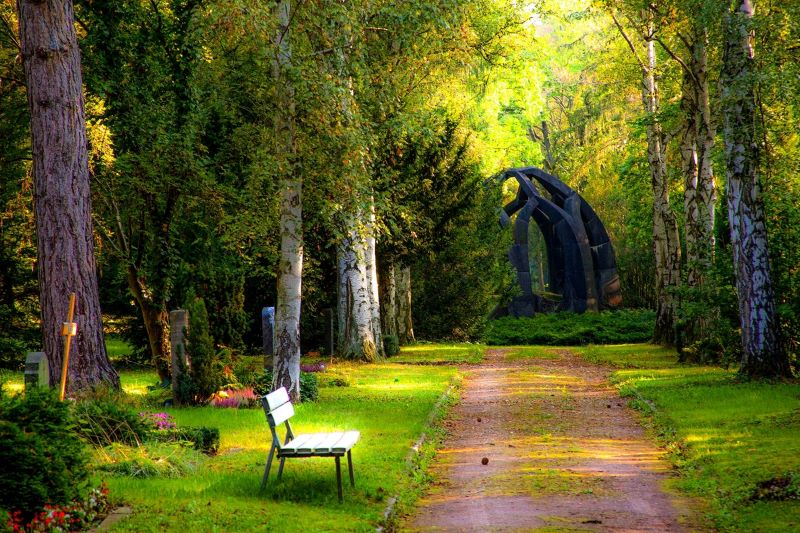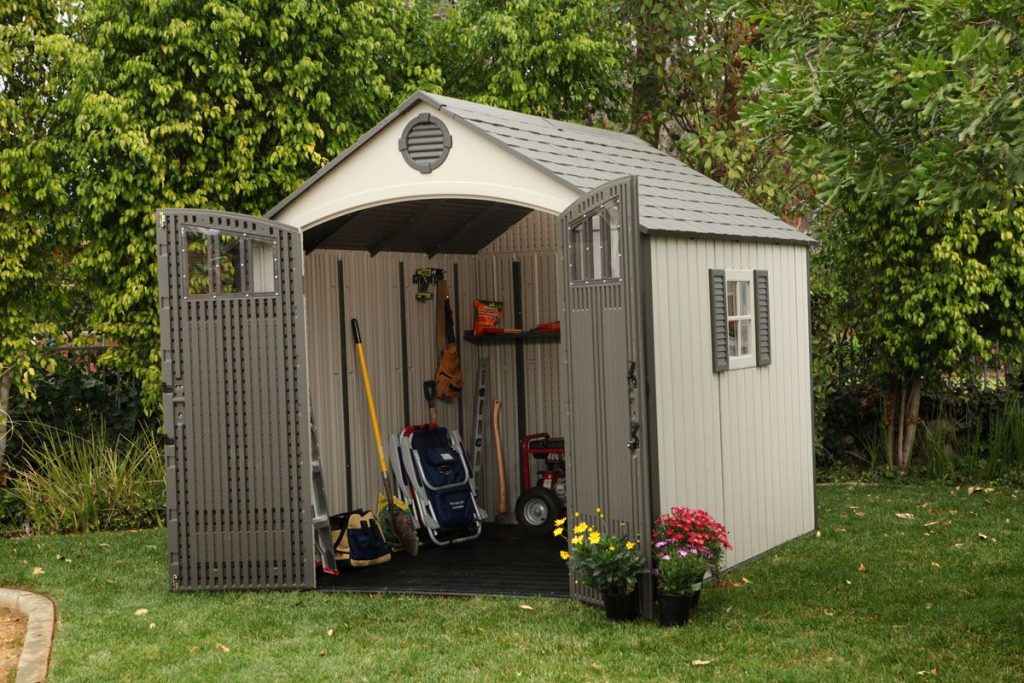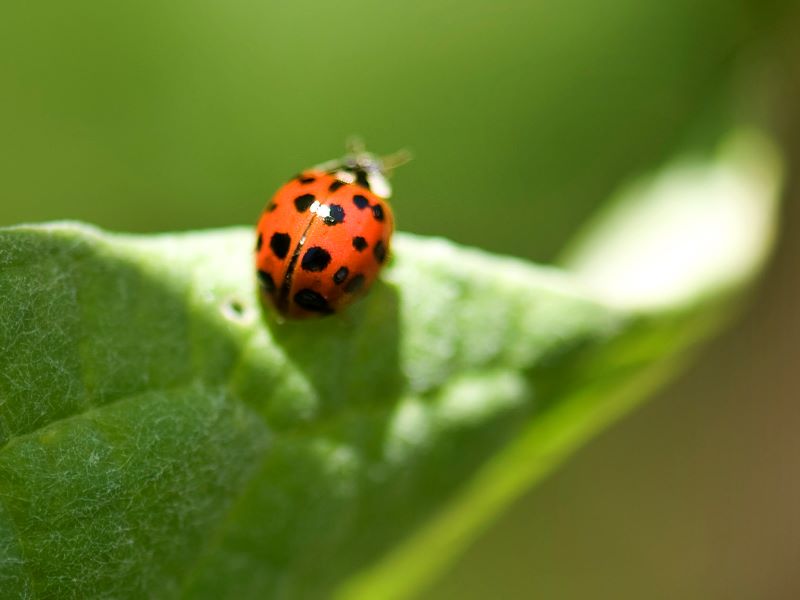Table of Contents
Every garden is a unique story that its owner creates. It is a reflection of your personality; it’s your own way to express yourself through the design, patterns, colors and specific plants.
However, if you want your garden to be thriving and beautiful at the same time, there are some things you shouldn’t omit, no matter what type of garden you want to have. Here are the 10 features you should include in your little haven:
1. Paths
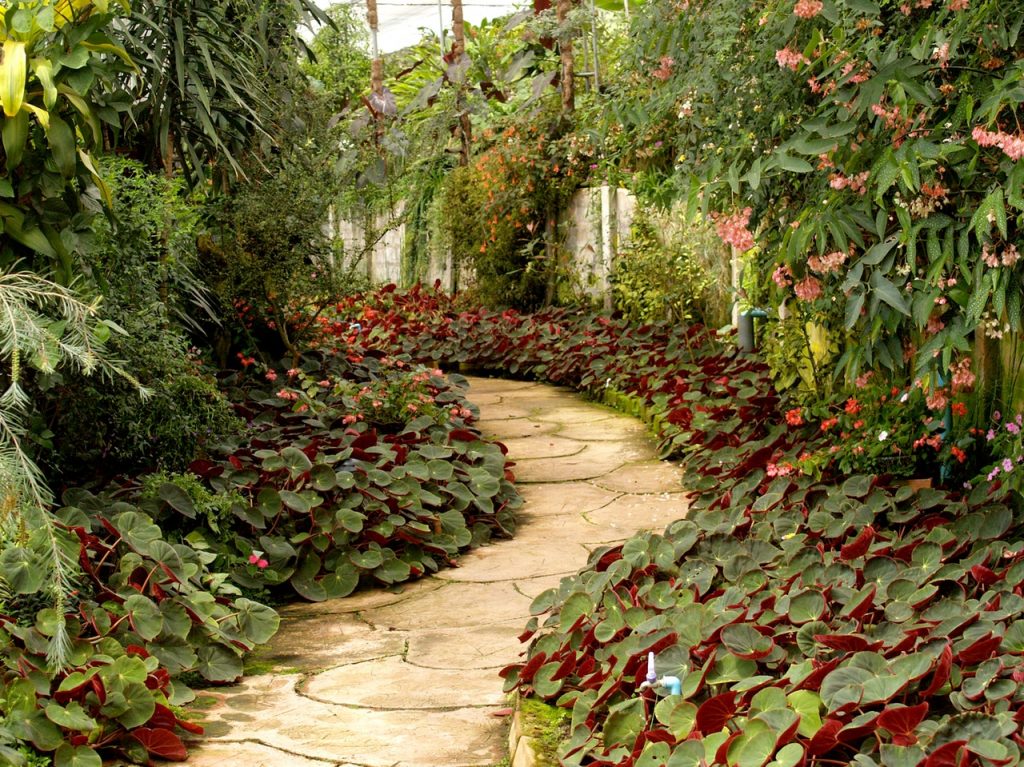
There have to be certain boundaries within the garden. At least one path should be laid through the garden so that you are able to reach every plant for tending and watering. But the paths can also serve as a decoration feature. As there are numerous materials that can be used for building a path, it also means you can play with its pattern and use it to your advantage. Just think about it: you can use bricks, tiles, concrete pavers, gravels or even mulch to create it. The path should fit the overall style of the garden and the landscape it’s the part of.
2. Log piles
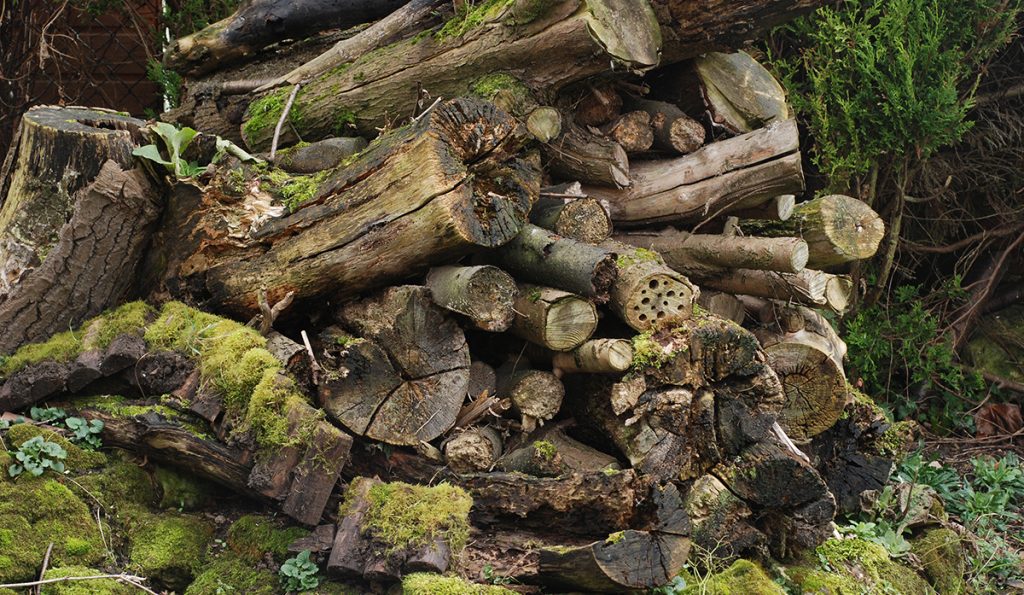
If you enjoy the wildlife you’re allowing to exist in your garden, then log piles are an essential part of it. They serve as a safe site for hedgehogs to hibernate and are also a home to insects that hedgehogs feed on.
Collect as much dead wood that you can find in the garden or the nearby forest. You can also ask the local park authorities for a bit of their supply. Pile up all that old wood into one corner of your garden. It will slowly rot, so add new wood from time to time.
3. Rockeries and pebbles
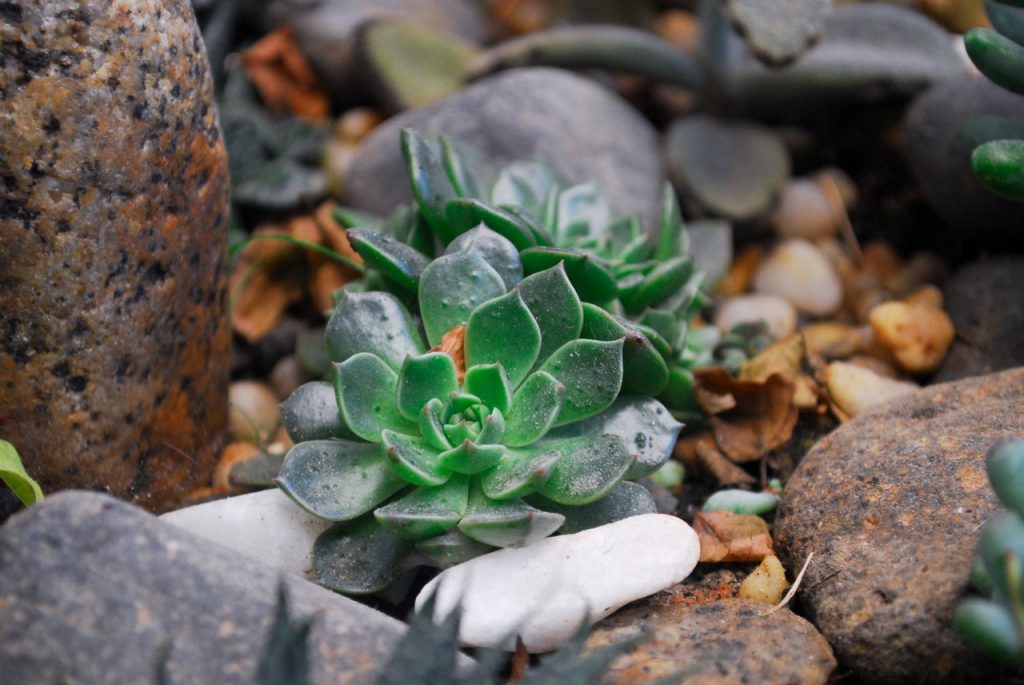
The rockery is easy to create on slopes, but it can also be done on level ground. It’s a wonderful addition to the garden, as it adds to the natural feeling of the whole garden. The best way to achieve that natural look is to use rocks common for the area you live behind.
On the other hand, pebbles can be spread around the garden beds or water features. The colors in which they are available will depend on the mineral deposits in your living area. The most common colors they come in are red, brown, grey and yellow.
4. Overgrown corner of the garden
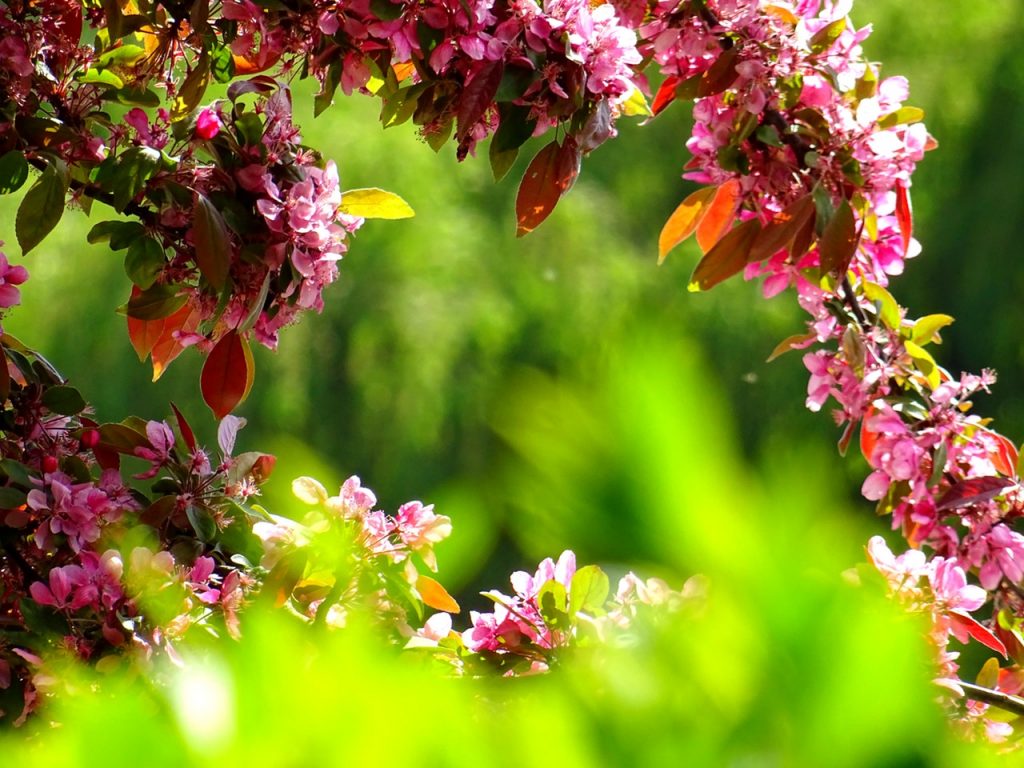
Even though you probably tidy up the whole garden once or twice a year, you should always leave one corner of the garden untidied. The reason behind this is that all that trimming, cutting and clearing leaves little space for the wildlife, especially for grasshoppers, useful insects, and hedgehogs. So, pick a corner in the garden that you will simply let loose – let it grow naturally, let it go completely wild.
5. Plants
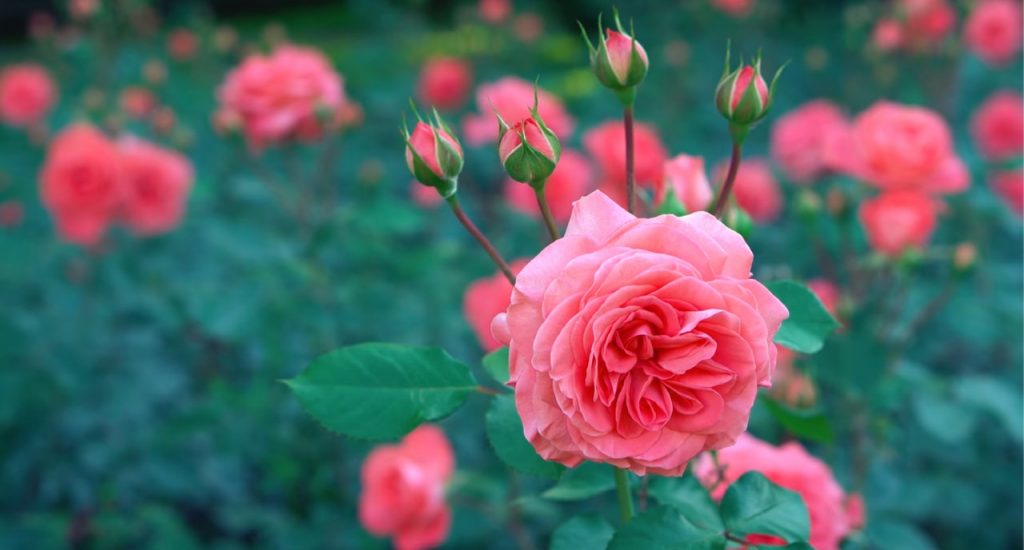
Of course, flowers are the obvious choice in every garden, but the trick is to achieve color all year round. This means you shouldn’t go for the seasonal flowers only. Another thing here is the regular care if you want to have long-lasting flowers, like using quality gardening shears to cut the tips and wilted flowers, watering regularly and in the right amount, etc. This is why roses are one of the most popular flowers in almost every country – they flower for a long time and are very resilient during colder months. For example, petunias and marigolds may look great and flower for a long time, but they will eventually die, forcing you to plant them again.
So, besides long-lasting flowers, you should also pay attention to the foliage, as they come in sort of color. Their leaves last even through the colder months and come in all sorts of colors, mostly reds, purple and yellows. There are also some trees with interesting colors, so keep them in mind, too.
6. Playing with the colors
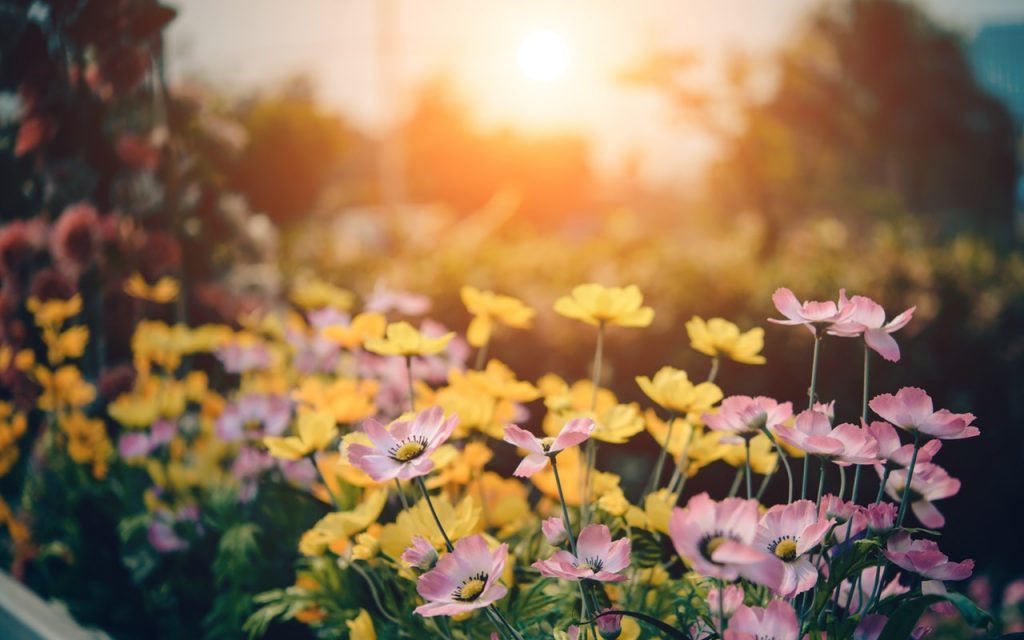
The reason why a garden looks great is that the owner knows how to put the colors to a good use. Depending on what effect you want to create, you can go in a certain direction when planting bushes and flowers. If you want a playful and cheerful garden, then opt for strong contrasts of colors. If your goal is to create a calming space for you and your family, then grow plants of similar colors. Reds, yellows and pinks are the ones to go for in case you want a lively effect, while blues, greens, and whites are the ones that create a soothing, calming effect.
7. Focal points
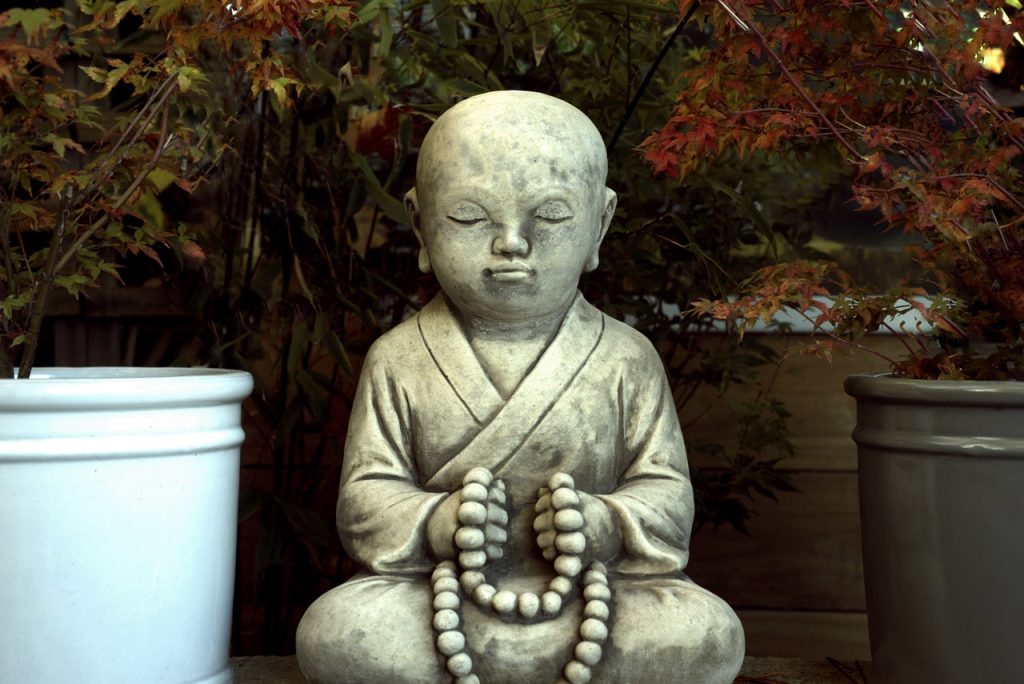
Every garden should have a focal point – a spot that will attract everybody’s attention. It is usually a statue or an ornament, but you can get creative as much as you want. If you like luxury, let it be a splashing fountain. If you enjoy art, then a statue is the right choice. Once you know what the focal point would be, you can move on to the smaller features around it.
8. Water features
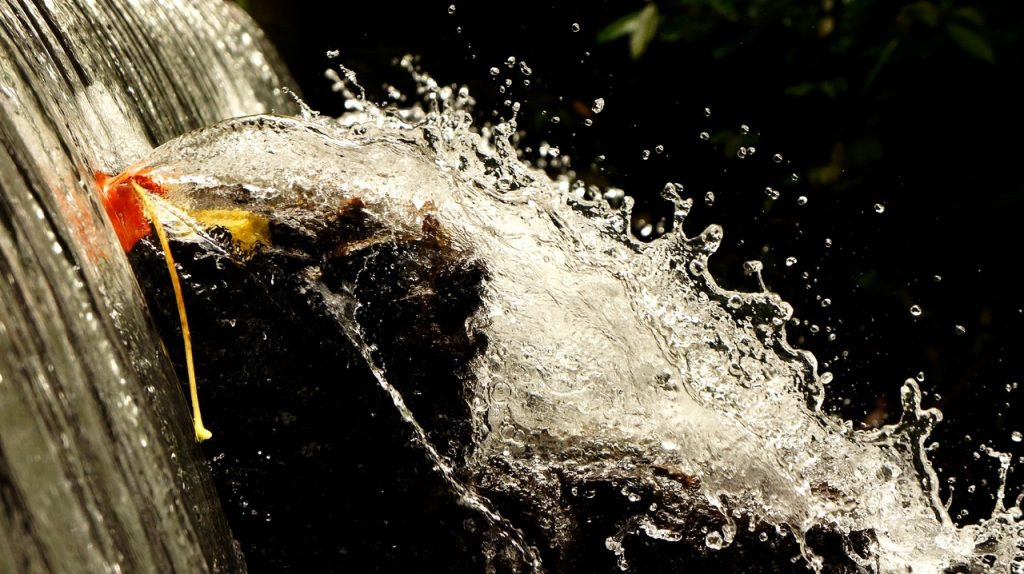
A garden is incomplete without a garden feature, at least a small one. It can be as big as a fountain or it can be a small pond easy to maintain. If there is a sloped terrain, you can use it to create a small waterfall. Even a simple water basin or a small birdbath can be a cute water addition to the natural look of the garden.
9. Bridges
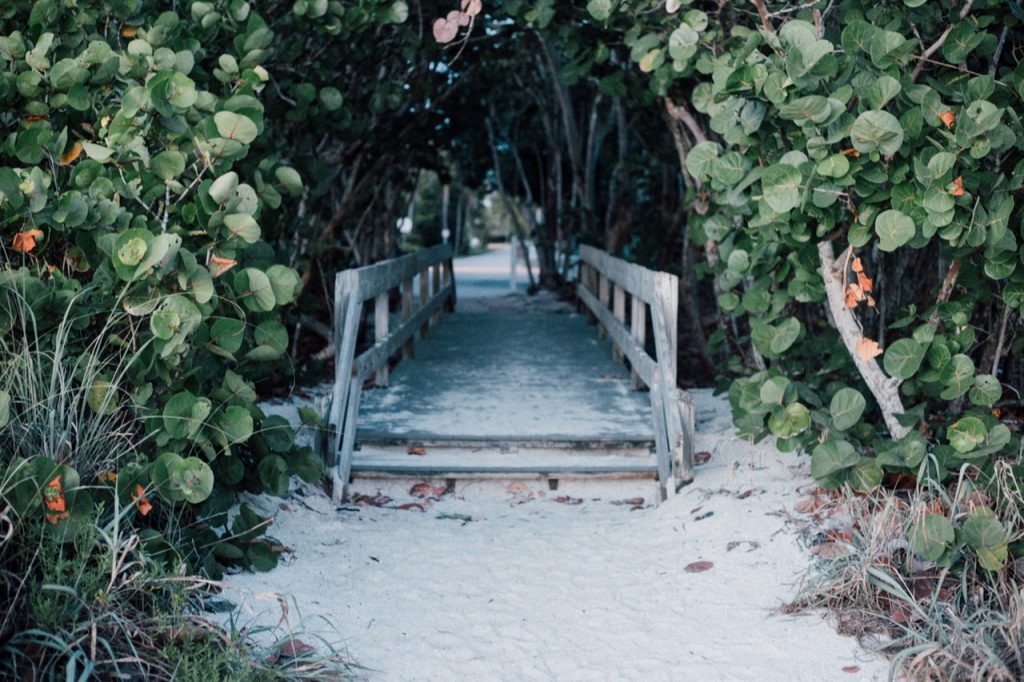
Even if you don’t have a small pond inside the garden, a little wooden bridge is a great addition. You can choose to build it or simply buy it. It can be placed over lower water beds or a rockery formation.
10. Leaf piles

They are useful for two reasons: you can use them as mulch later on, and they are also wonderful natural decorations. Have a pile or two somewhere in the garden where the mix of yellow, brown and red will be a great contrast.
All in all
Even though there are some features you need to have in order to have a proper garden, each one of the features can have your personal signature – just be creative and open-minded.
